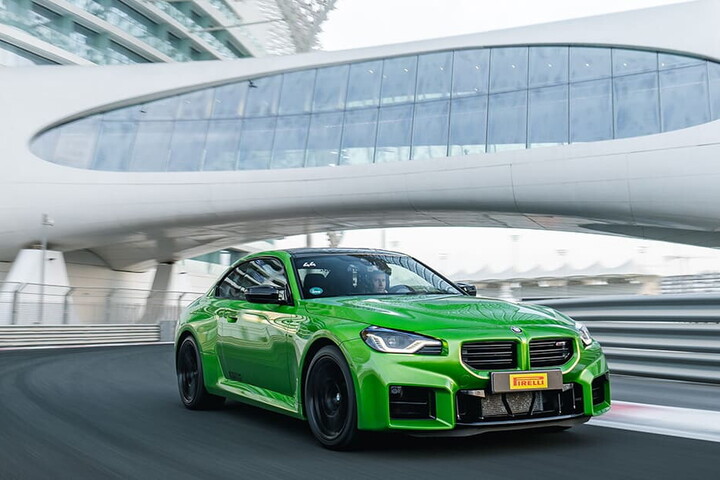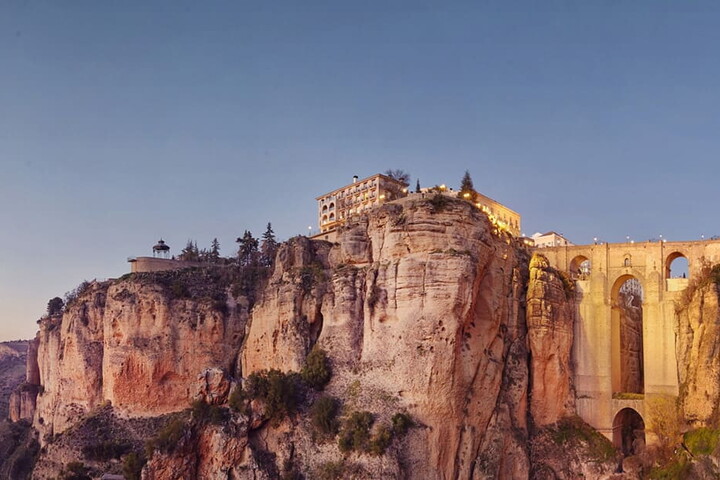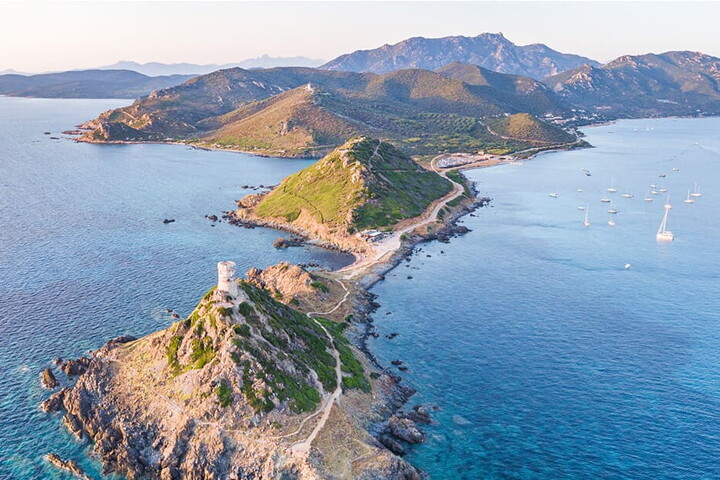The Via Emilia has been a strategic road since the second century BC when the Ancient Romans started expanding into the Po Valley. Many world-famous car and engine makers, true excellences of Italian manufacturing such as Ferrari, Lamborghini and Maserati, sprung up during the twentieth century along the route from Piacenza to Rimini, particularly in the stretch between Modena and Bologna, so much so that today the entire area has been dubbed the “Land of Motors” or “Motor Valley”. The tale of research and innovation was born from farming because that was the world that inspired the people of Emilia-Romagna to study mechanics and develop an automotive industry with no equal in the world in terms of quality and recognisability. The evidence of the legend that lives on and has made Emilia-Romagna the land of motoring excellence (as well as a cultural, scenic and culinary hub) are four race tracks, eleven corporate museums and nineteen private collections, in addition to almost 200 sports teams. We picked five iconic places, five museums to visit in the Motor Valley. At full throttle, of course.
The Ferrari Museum, Maranello (Modena)
Every year more than 300 thousand people drop by Maranello, just outside Modena, to experience the legend of Ferrari up close. Opened in 1990, two years after the death of legendary founder Enzo Ferrari, the museum displays the street-legal models and the single-seater racing cars that made the history of Formula 1, in addition to trophies and memorabilia of world champions such as Villeneuve and Schumacher. In addition to the cars on display, visitors to the over 2,500 square metres of the Ferrari Museum can enjoy interactive activities created for fans, like the reconstruction of a Ferrari Formula 1 pit to experience the noises, tools and technologies of a real race. The Museo Casa Enzo Ferrari was open in 2012 in the centre of Modena. The modern building shaped like a bonnet and painted bright yellow (the city colour as well as the background of the prancing horse logo) was built next to the refurbished house where the founder of Ferrari was born in 1898. The building houses a large collection of great Italian cars and documents that trace the history of the brand.
Pagani Museum, San Cesario sul Panaro (Modena)
The thrill of getting close to some of the most exclusive and luxurious sports cars can be experienced in the combined visit to the Pagani museum and factory, where the world's most expensive production car sold in 2018 was made. It was the last Pagani of the Zonda series, one of just three HP Barchettas, with a price tag of 20 million Euros each. The tour shows how much work goes into each one of these prestigious cars, from studying materials to improving performance. Several years ago, Pagani created a team of experts working on electric motors, with the aim, among others, of creating the first electric car with a manual transmission.
Lamborghini Mudetec Museum, Sant'Agata Bolognese (Bologna)
They call it the Museum of Technology to symbolise how the search for innovation has been guiding the automaker, self-styled as a future shaper, since 1963. The claim is posted on the walls of the exhibition spaces, located right next to the factory where the Lamborghinis of today and tomorrow are made. Visitors can see all the iconic models, from the Miura to the Aventador, and also take guided tours of the shop floor. From the design of the unmistakable shapes to the creation of the body, interiors and the engine, through the study of new technologies (including electrification) and materials, above all carbon fibre, the Lamborghini museum in Sant'Agata, in the metropolitan city of Bologna, is an unmissable experience for fans of motors, design and speed.
Ducati Museum, Bologna
The exhibition in this museum moves along the three intertwined themes that have always defined the history of the brand: production motorcycles, racing motorcycles and “Ducati moments” (personalities, stories and innovations picked from the almost one hundred years of success of the Bologna-based company). The tours clearly show the continuous dialogue between the street-legal bikes and their racing counterparts and the mutually influencing developments, because the racing technologies have always been carried over to Ducati bikes for common use and this is the reason for their popularity among enthusiasts. The process is a two-way one with street-legal models used as the bases for racing bikes. The epitome of this relationship is the Desmosedici RR, the street-legal replica of the MotoGP bike, on display in the museum alongside other iconic models such as Ducati's first naked bike, the Monster. The visit to the Ducati Museum is complemented by an interactive web app and virtual tours of the displays (especially during this period).
MAICC, Imola (Bologna)
A giant mural by Brazilian street artist Eduardo Kobra depicts the legendary Ayrton Senna on the façade of this innovative museum, covered with solar panels on the roof and directly overlooking the Autodromo Enzo and Dino Ferrari, one of Europe's most iconic race circuits, in Imola. The Checco Costa Multimedia Museum at the Imola Autodrome is futuristic in its structure and in the displays that tell the history of the racing track from when it is opened after World War II to the Formula 1 Grand Prix races. It hosts events and temporary exhibitions, the latest of which was “Ayrton Magico, l'anima oltre i limiti” (Ayrton Magico, a soul beyond limits), dedicated to the great driver who was killed in an accident at Imola in 1994.




